
How to Develop your Critical Thinking Skills
“Inquiring minds want to know”
Critical thinking is the ability to think clearly and rationally about what to do. Nurses with critical thinking skills are able to understand the logical connections between patient adversities and treatment. To illustrate, a reciprocal connection exists between a nurse and his/her patient where the nurse is the patient’s advocate and the patient relies on the nurse to be his or her advocate. Moreover, nursing is an honorable profession, and nurses are the heart and soul of the healthcare system. It is the nurse that the patient spends the most time during his or her stay in the hospital, therefore critical thinking for nurses is a crucial skill to have.
In addition, clinical experiences are important throughout a nurse’s career – students or experienced – nurses require a road-map to patient care decisions. Without a road-map, nurses are unable to function with Critical Thinking Skills. This article will provide the reader with some insight on how to “Develop your Critical Thinking Skills.”
The Critical thinking nurse has curiosity
We often have said curiosity killed the cat. Yet, the nurse with curiosity may save lives. Much like a detective of a crime scene, the nurse must first identify the crime or for the nurse, the adversity. The crime scene, like the adversity, has connections between what has or is occurring with the evidence that exist. The evidence gives a road-map to determining the reason for the crime, the contributing factors, and the cover-up’s of the crime.
The first step in critical thinking is to identify the adversity
To develop your critical thinking skills one must first identify the adversity. The adversity may be simply be not knowing the connection between two concepts. In the past, we had to make our way through volumes of textbooks to arrive at an answer. Textbooks are written with intensity and complexity. In today’s world we have a quicker way to arrive at the unknown; that is the Google search. With Google, we can research our unknown efficiently. There are volumes of reading materials available for research to acquire the answer to the unknown.
After identifying the adversity and then researching, we must then dismiss any information that doesn’t have relevance. All of this begins with curiosity. The nurse that is curious is the nurse that will develop critical thinking skills. Critical thinking is the intellectual disciplined process of actively and skillfully conceptualizing the unknown and then applying the rational.
The Trauma Nurse
For example in the Trauma Unit, the nurse must anticipate injuries according to the mechanism or injury. If the patient sustained an injury on his/her left side, the nurse must have knowledge of what organs are present on the left side of the body. This is basic knowledge for the trauma nurse and requires basic thinking. Next, he/she must then determine the adversities that may exist with injuries to those organs. He/she may determine the liver has been injured. Then he/she must determine the significance of liver damage.
The critical thinking nurse must think about the functions of the liver, the signs and symptoms of liver damage and what diagnostics are needed to create an informed decision regarding treatment. You can see, critical thinking begins with basic knowledge and then with curiosity. This capability will allow the nurse to critically think about the dynamics of liver damage.
The ER Nurse
The ER nurse must have an awareness of compensatory mechanisms that keep the body alive. Compensatory mechanisms include: heart rate, which speeds up in order to deliver more blood to the vital organs; respiratory rate, which speeds up to compensate for the delivery of more oxygen to the organs; and peripheral circulation, which shunts to the core of the body to conserve the existing blood supply. Therefore, the heart rate and respiratory rate need to remain high. These compensatory mechanisms must remain in place until the etiology of the problem is defined.
When these compensatory mechanisms can no longer keep the body alive, the blood pressure (BP) will drop. The BP is the deciding factor for the patient to be determined as stable or unstable. The nurse that is able to critically think about the dynamics of compensatory mechanisms is better able to understand the dynamics of a sick patient.
The Pediatric Nurse
The Pediatric nurse must also have an understanding of compensatory mechanisms. If the child has increased work of breathing, increased respiratory rate, and increased heart rate, then the child has respiratory distress.
A critical thinking nurse often questions the patient’s prognosis.For example, is the child getting better or worse if their work of breathing, heart rate, and respiratory rate decrease? Most nurses will respond with “the child is getting worse.” But the child may be getting better. How would you determine if the child is getting better or worse? The nurse must have critical thinking skills to arrive at this answer.
The nurse that explores more evidence is the nurse with critical thinking skills
Next, the pediatric nurse must explore more evidence such as the oxygen saturation. Does the child need more supplemental oxygen to keep the oxygen saturation within normal limits? The child may be getting worse if the oxygen saturation continues to drop. On the other hand, if the oxygen saturation is within normal limits, the child will be determined to be getting better.
In addition, a good critical thinker is able to rapidly identify respiratory distress. Early identification of respiratory distress in children provides a window of opportunity to “fix” the problem before it progresses into respiratory failure. If a child goes into respiratory failure, the outcome will be bleak.
Furthermore, a child’s appearance provides more evidence for the nurse to determine a problem. Children are unique with their appearance because they either “look good” or “look bad.” A child “looks good” if they have good tone and interact with their parents with good eye contact. A child “looks bad”, if they have poor tone, do not interact with their parents, and have a glassy stare.
Critical thinking for nurses is a requirement for all acute care environments, especially the Pediatric Unit. The nurse who is not a lifelong learner and does not want to acquire more knowledge will not develop this ability.
The critical thinking nurse is a lifelong learner
Most notably, nurses who pursue higher education, continuing education, or those who read evidence-based articles are the most valuable employees. Acquiring memberships for AWHONN, American Nurses Association, and last but not least, the American Association of Critical Care Nurses is also of value due to their informative journals on groundbreaking research.
For example, a Labor and Delivery nurse may want to learn about the use of Nitric Oxide as an alternative to an epidural. Epidurals may contribute to the need for neonatal resuscitation shortly after birth. In addition, Nitric Oxide has also shown to improve recovery rates for C-section mothers. This is new valuable information for Obstetrical nurses.
Many pathways exist to help you develop your critical thinking skills. Topics that nurses may want to learn more about include; how to improve patient care methods, better treatments, and new policies on exiting care methodologies. It is up to the nurse to want to pursue this information whether its through classes, medical memberships or google searches.
EKG Interpretation
Most nurses require EKG Interpretation to critically think of the adversities of the body. This skill is most often difficult for nurses. Yet, the nurse with curiosity will tackle this skill with determination. With this skill the ER nurse will be able to determine if the patient is having a heart attack. In addition, the nurse will then be able to determine the area of the infarction and ultimately determine what to anticipate for the patient.
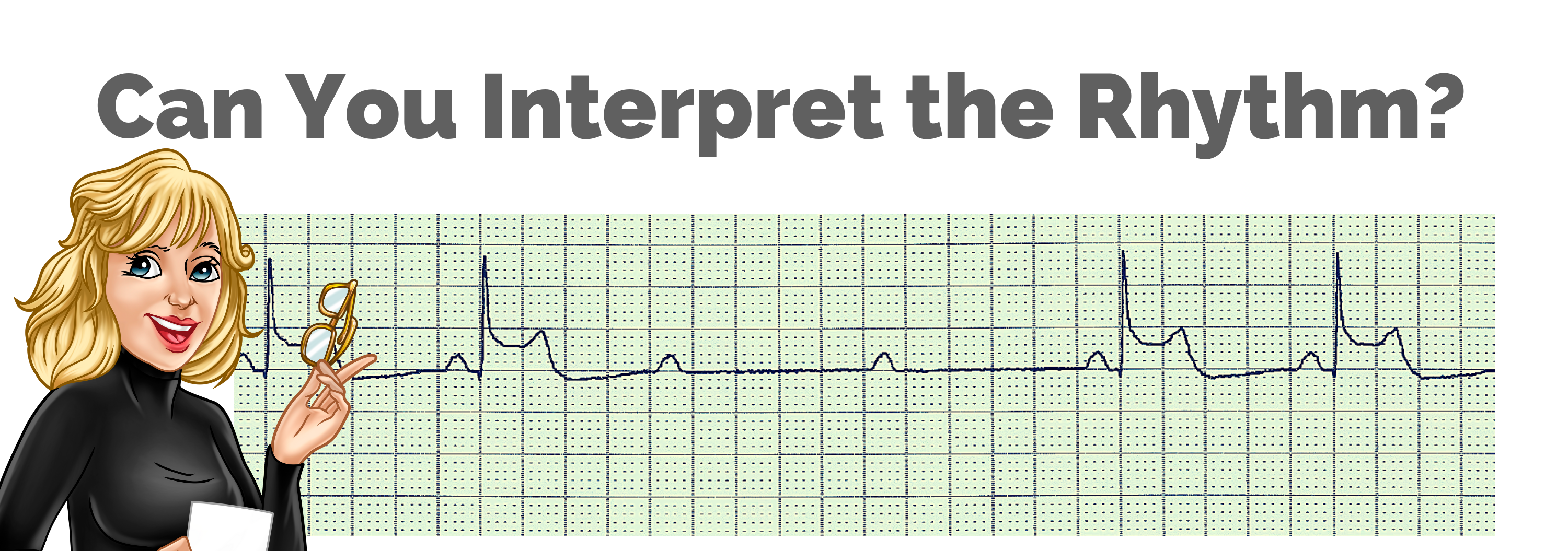
The patient that has damage to the Left Lateral Wall will have diminished cardiac output. Moreover, the patient that has damage to the Inferior Wall will have diminished ventricular refilling. The patient that has damage to the Septal Wall will have conduction defects. Further, the nurse will learn that ischemic changes are the forerunner of a heart attack. Therefore, the nurse must be able to determine those ischemic changes to avert damage to the myocardium. Remember, this began with curiosity and then progressed to determination.
The Telemetry Nurse must have an understanding of Premature Contractions
Some premature contractions are benign and some are life threatening. Premature contractions that originate in the atrium (PAC’s) are not life-threatening. Also, Premature contractions that originate in the AV node (PJC’s) are not life-threatening. But those that originate in the ventricles (PVC’s) have the propensity to be life-threatening.
Premature Ventricular Contractions, or PVC’s, do not “kick out” much cardiac volume. Therefore, the more PVC’s the greater the concern. PVC’s may originate from several foci in the ventricle’s. Multi-focal PVC’s are more dangerous than uni-focal PVC’s. PVC’s that have patterns such as quadrigeminal, trigeminal, and bigeminal become a greater concern. PVCs that land on a T wave can be catastrophic. This is called the R on the T phenomenon. Remember, this began with curiosity and then progressed to determination and ultimately to critically thinking.
Even the Labor and Delivery nurse is not exempt from the EKG Interpretation
When Premature contractions occur the machine reads this premature contraction as an increase in heart rate. Usually premature contractions create a pause after the premature beat, therefore the machine indicates a decrease in heart rate. When observing the baseline of a fetal heart rate, the Labor and Delivery nurse will assess a spike upward followed by a spike downward. This indicates a premature beat has occurred.
In understanding this, the critical thinking nurse will then delve into the ramifications of premature beats. A serious ramification includes diminished cardiac output which results with poor perfusion to the fetus. Remember, this began with curiosity and then progressed determination and ultimately critically thinking skills.
Code Teams & EKG Interpretation
The nurse that responds to a “Code Call” must understand which ventricular rhythms are life-threatening and which ventricular rhythms are dangerous because the interventions are different.
Polymorphic Ventricular Tachycardia’s are life-threatening and require defibrillation. Monomorphic Ventricular Tachycardia’s are dangerous and may require Synchronized Cardioversion, medications or defibrillation, depending on the pulse and blood pressure. This is basic knowledge for the nurse that responds to a Code Call and this nurse must have Critical Thinking skills. This nurse began with curiosity and determination that progressed to critical thinking.
12-Lead EKG Interpretation
Most often, once the nurse has acquired knowledge of Basic EKG Interpretation, he/she becomes inspired to learn 12-lead EKG. The nurse has developed that curiosity as well as the need to become empowered. An empowered nurse is one that is stronger and more confident in his/her nursing practice.
By learning 12-lead, the nurse can determine the EKG changes that occur with Pericarditis vs Acute Myocardial infarction. Both have the chest pain, and both have ST segment elevation but the manner in which the ST segment elevation presents itself on the EKG are different. Next, he/she can then determine the appropriate intervention.
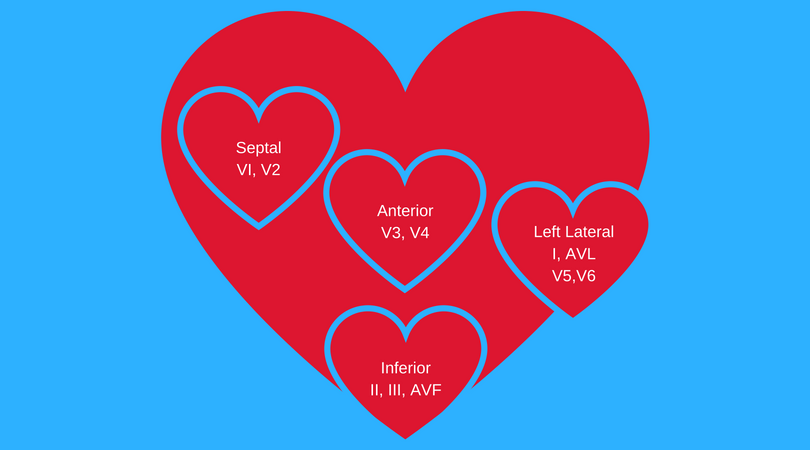
What is more, 12-lead EKG Interpretation can uncover congenital defects that put the patient in harm’s way, especially on the soccer fields where young people suddenly go into cardiac arrest. Once the child goes into cardiac arrest, the outcome is often bleak. If this defect is discovered prior to the arrest, the child may be armed with an implanted automatic defibrillator which will save the child’s life.
In addition, nurses have known for years that one cannot determine an Acute MI with a Left Bundle Branch Block. Now you can. Have I peeked your curiosity? The nurse in today’s world can use the Sgarbossa Criteria to determine if an Acute MI is hiding behind a Left Bundle Branch Block. Are you curious?
Management of Assaultive Behavior
Management of Assaultive Behavior is an interesting course to determine why a person “acts out” to get their way. As a child did you “throw a temper tantrum” to get your way? Did it work? If that behavior worked as a child, the adult may act out in the same way. As a teenager, did you use manipulation to get your way? Did it work? If that behavior worked as a child, the adult may act out in the same way.
The nurse that observes assaultive behavior is better able to determine why the adult acts inappropriately. Is the nurse going to “coddle” the crying adult? Or, is the nurse going to “give in” to the adult that is having a temper tantrum? Is the nurse able to determine if the patient is trying to manipulate her? Understanding these responses will allow the nurse to intervene more appropriately with critical thinking skills. Have I sparked your curiosity?
Stroke Care
Stroke Care is a convoluted science that requires a great deal of patience to understand. To begin this journey, start with the brain’s anatomy. If the stroke has affected the occipital lobe, the patient will have visual disturbances. Next, if the stroke has affected the frontal lobe, the patient will have intellectual difficulties. Then, if the stroke has affected the parietal lobe the patient will have emotional difficulties. If the stoke has affected the temporal lobe, the patient will have hearing problems. Moreover, if the stroke has affected the Cerebellum, the patient will have posture and balance problems. Lastly, if the stroke has affected the Brain Stem, sh#+ happens!!
The Brain Stem is vital to body functions. The hypothalamus is located in the brain stem. The hypothalamus controls the temperature of the body. The body may become poikilothermi, where the body temperature matches with the temperature of the room. If you like the temperature of your room to be 72ᵒ that would be the temperature of your body if your hypothalamus fails to work adequately. Your body should have a temperature of 98.6. That’s a far cry from 72ᵒ
In addition, Stroke Scores will enable the nurse to anticipate the outcome for his/her patient. To illustrate, the CHAD score enables the nurse to determine the risk factors for a stroke. The Cincinnati and the Los Angeles score will enable the nurse to determine if an Ischemic stroke has occurred. The Fisher score enables the nurse to determine vasospasms in the sub-arachnoid space. Lastly, the NIHSS score determines the acuity of the stroke.
Caring for the stroke victim
Time is of essence in caring for the stroke victim. The time of the stroke is determined when the patient was last known to be normal. First, the physician must assess the patient within 10 minutes of arrival. Second, the team must assess the patient within 15 minutes upon arrival. Next, the CT scan must be interpreted within 45 minutes upon arrival and the drug must be administered within 60 minutes upon arrival. Systematic patient care provides the patient the best chance of survival during a stroke event. Knowing these guidelines are basic skills but knowing “why” requires critical thinking.
Caring for the patient after a stroke with regards to hypertension is essential. Clinicians will often allow a blood pressure to remain high. This is called Permissive Hypertension. Why would a clinician allow a BP to remain 220/120? Have I sparked your curiosity?
Clinicians may choose a Low Molecular Weight Coumadin rather than a High Molecular Weight Coumadin. How did scientist turn a High Molecular Weight Heparin into a Low Molecular Weight Coumadin? What advantages are there for a Low Molecular Weight Coumadin? Have I sparked your curiosity?
There are many pain medications that can prescribed for the stroke patient. What pain does the stroke patient experience? Did you know the stroke patient often has Central Stroke Pain? Do you what that encompasses? Have I sparked your curiosity? “Inquiring minds want to know.”
Blood Gas Interpretation
Blood Gas Interpretation is the responsibility of the physician, the RT as well as the nurse. Interpreting Blood Gas is convoluted. Did you try and then give up? Determination is another facet of the critical thinking nurse. I too, gave up many times. Then I became determined to understand Blood Gas Interpretation. I began with a simple equation. Each component has an acid side and an alkaline side. Arrows going either up or down didn’t work for me. The ROME method didn’t work for me neither did the Tic-tac-toe method. I found a way that allows me to understand acidotic and alkalotic situations. Determination made me work harder to understand and that is another facet of a critical thinking nurse.
Mechanical Ventilation Management
Mechanical Ventilation Management is the responsibility of the Respiratory Therapist. The nurse is not allowed to change the ventilator settings. However, don’t you want to know why the RT has turned up the pressure setting? Or, why the RT has changed the respiratory rate? Why the RT changed the Tidal volume? With these changes in settings, don’t you want to know what to expect for the patient? Inquiring minds want to know. Inquiring minds have curiosity and then determination to learn.
In conclusion, to develop critical thinking skills one must begin with basic knowledge, then develop curiosity, and finally acquire determination. When you become a critical thinking nurse, you will become empowered. We hope this article motivates you to begin to develop your critical thinking skills. You can begin by taking courses online. Many websites offer free classes on evidence-based nursing topics. Or, you can become a member for a nursing-based organization like; American Nurses Association, AWHONN, Critical Care Nurses Association, Public Health Nursing memberships, and etc. These organizations offer various peer reviewed articles on innovative health practices. To develop critical thinking skills, nurses may also take in-person classes to refresh key concepts in pathophysiology. The options for knowledge are limitless. We hope you start now.
Jane Carsrud, RN
Educational Director of Nurses Educational Opportunities
Do you want to learn more about how to develop critical thinking skills? View our article on Critical Thinking for Your Nursing Career

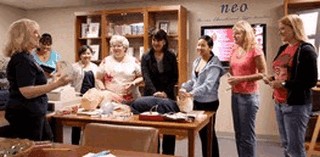
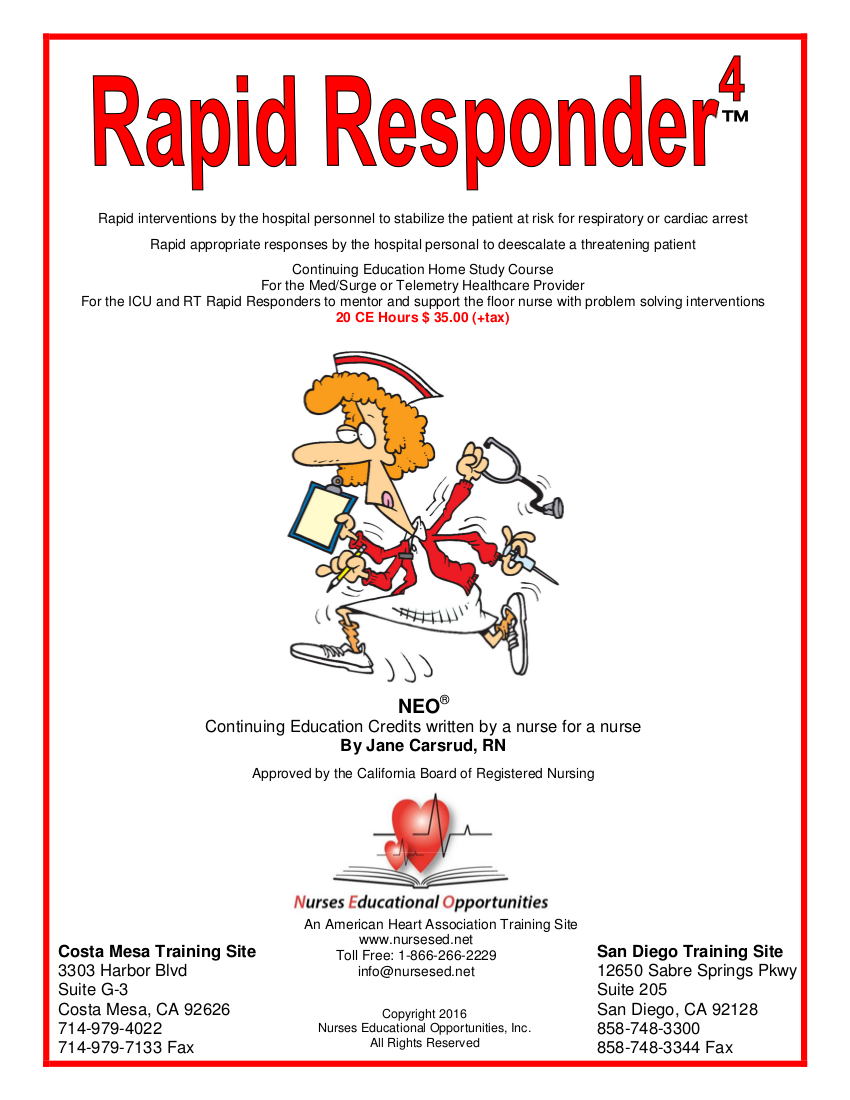
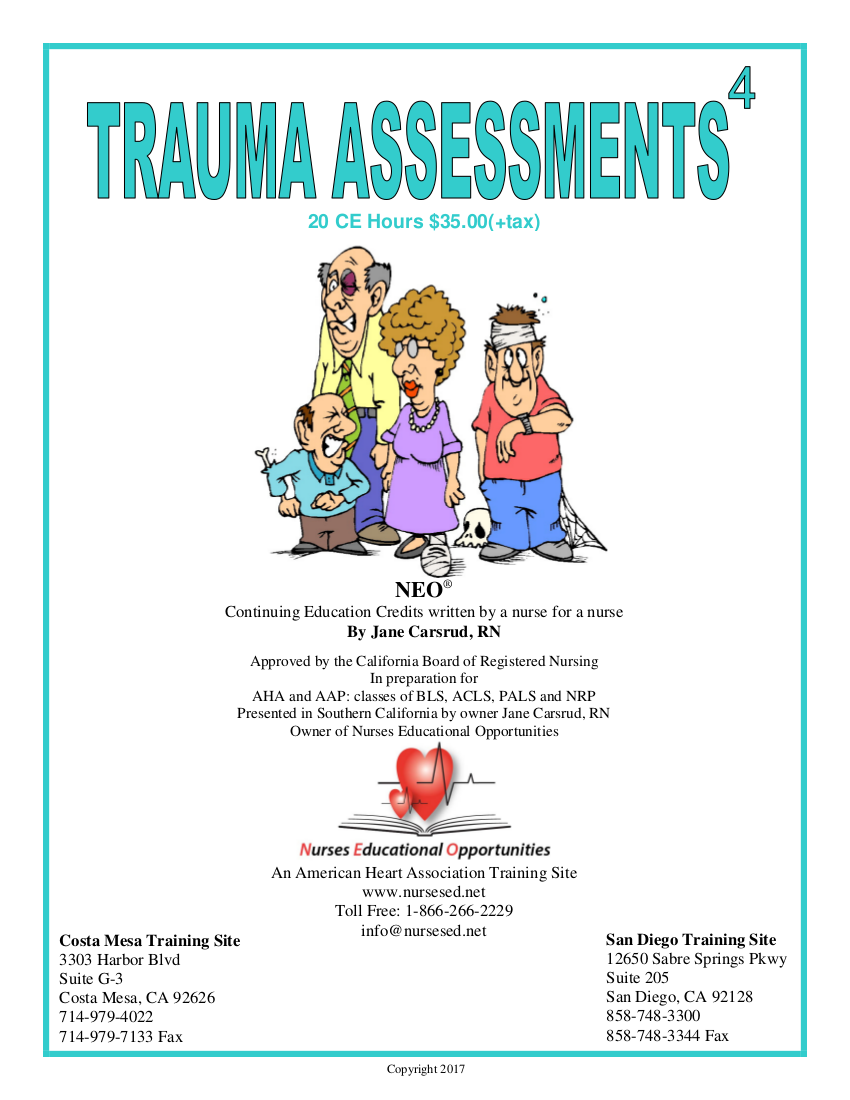
2 Comments
id
where would we take those in person classes to refresh ourselves with pathophys?
Esther Israel
Due to COVID 19, are these classes virtual training for NRP FHM EKG?